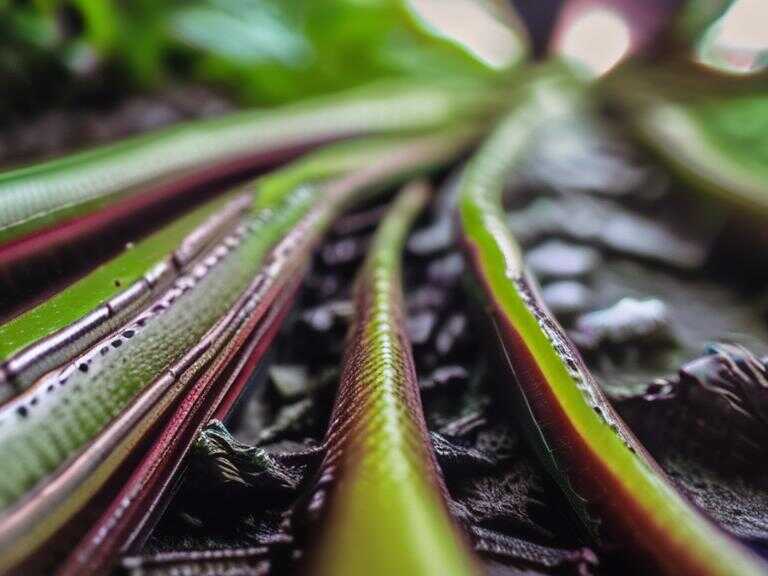
Blood Worm Moon: March's Total Lunar Eclipse Visible in the West Hemisphere
A total lunar eclipse will turn the full moon red on March 13-14, visible from Earth's Western Hemisphere.

Get ready for a celestial spectacle as the full moon takes on a reddish hue during a total lunar eclipse, earning it the moniker "Blood Worm Moon." This captivating event will grace our skies on Friday, March 14, with peak illumination at 2:55 a.m. ET. The lunar eclipse, visible from Earth's Western Hemisphere, will transform the moon into a mesmerizing crimson orb throughout Thursday night and into Friday morning.
When and Where to Witness the Lunar Eclipse
While the full moon will rise early on Friday, it will appear full from Wednesday evening through Saturday morning. The Old Farmer's Almanac provides specific moonrise times for various ZIP codes across the U.S., while local forecasts offer insights into the night sky's clarity in different locations.
The "Blood Moon" phenomenon will commence before the full moon reaches its peak illumination. As the lunar eclipse unfolds, the moon will gradually traverse Earth's shadow on Thursday night at 11:57 p.m. EDT. However, the subtle dimming of the moon won't be readily noticeable until around 1:09 a.m. on Friday. The moon will then be completely enveloped in shadow from approximately 2:26 a.m. to 3:31 a.m., with the prime viewing opportunity for the red moon occurring around 2:59 a.m.
The moon will gradually emerge from Earth's full shadow between 3:31 a.m. and 4:48 a.m., finally leaving the last vestiges of the partial shadow at 6 a.m., marking the end of the lunar eclipse.
Viewers in North and South America will enjoy the most spectacular views of the "Blood Worm Moon," although parts of Europe and Africa might also catch a glimpse.
Observing the Lunar Eclipse
Even though the moon will be shrouded in Earth's shadow during the eclipse, it will remain visible. Remarkably, no specialized equipment is required to observe this celestial event. However, binoculars or a telescope can enhance the viewing experience.
For optimal moon-gazing conditions, head to a dark environment away from bright lights and enjoy the spectacle of the "Blood Worm Moon."
The Science Behind the Blood Moon
A lunar eclipse occurs when the sun, Earth, and moon align perfectly, causing the moon to pass into Earth's shadow. During a total lunar eclipse, like the one we'll witness this week, the entire moon is engulfed in the darkest part of Earth's shadow. The phenomenon of the "Blood Moon" arises as sunlight that is not blocked by Earth during the eclipse is filtered through a thick slice of Earth's atmosphere on its way to the moon's surface. This filtering process imparts a reddish hue to the moon, creating a breathtaking celestial display.
This month's full moon is also known as the Worm Moon, a nickname that may stem from the emergence of earthworms as spring approaches, according to the Old Farmer's Almanac. Other traditional names for March's full moon include the Eagle Moon, Goose Moon, Crow Comes Back Moon, Sugar Moon, Wind Strong Moon, and Sore Eyes Moon.
Share news















